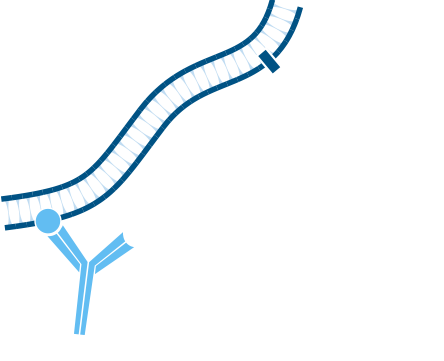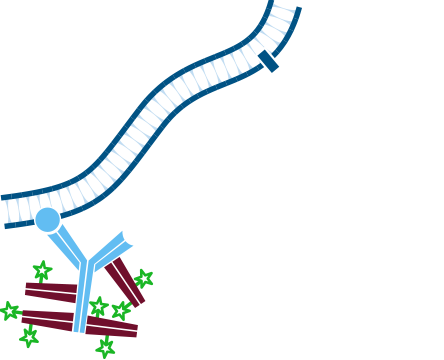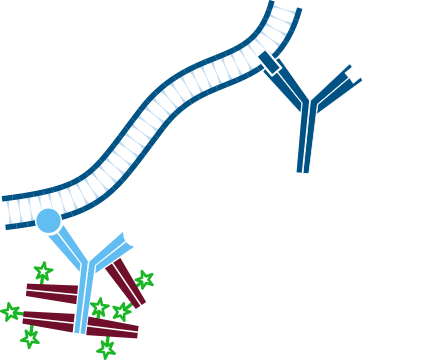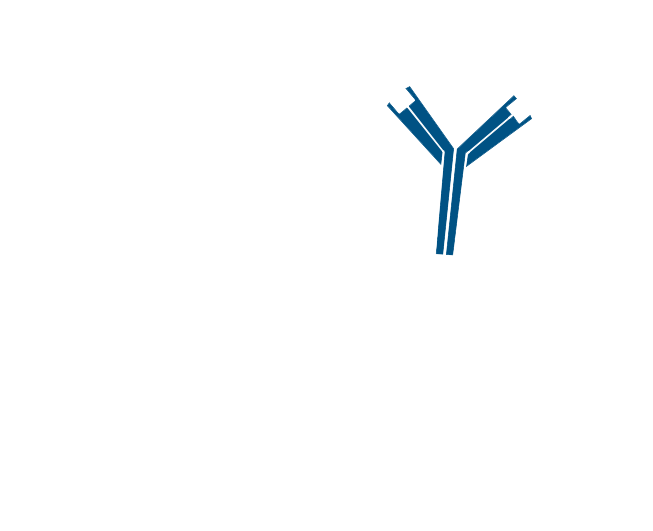- Products
- Secondary Antibodies (3891)
- Whole IgG Affinity-Purified Antibodies (2033)
- Anti-Alpaca Secondary Antibodies (83)
- Alpaca Secondary Antibodies (43)
- F(ab')₂ Fragment Affinity-Purified Antibodies (800)
- Fab Fragment Affinity‑Purified Antibodies (120)
- FabuLight™ - Affinity-Purified Fc Specific Fab Fragments (154)
- Anti-Mouse IgG Subclass Specific Antibodies (105)
- Anti‑Light Chain-Specific Antibodies for Western Blotting after IP (50)
- Fluorescent Protein Conjugates (R-PE, APC, and PerCP) (121)
- Brilliant Violet™ Conjugates for Multiple Labeling (129)
- Near-InfraRed (NIR) Fluorescent Conjugates (102)
- Cyanine Conjugates for Permanent Mounting (78)
- ImmunoGold Complexes (73)
- AffiniPure-VHH™ Secondary Antibodies (36)
- Antibodies for Diagnostics (700)
- Primary Antibodies (94)
- Streptavidin and Conjugates (21)
- Blocking and Controls (282)
- Antisera (33)
- Secondary Antibodies (3891)
- Technical Support
- FAQs
- Company
- Bulk Service













